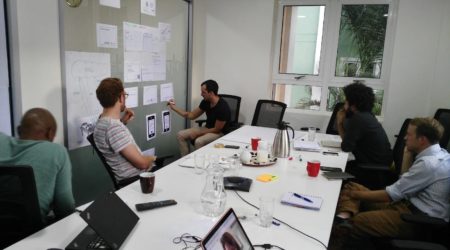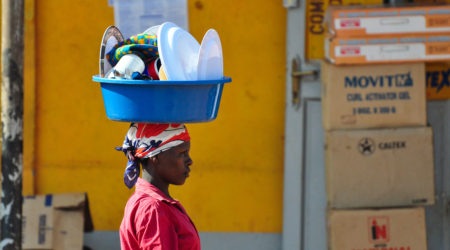Fixing Finance for Women
Responsibilities and problems around money in most societies are gendered
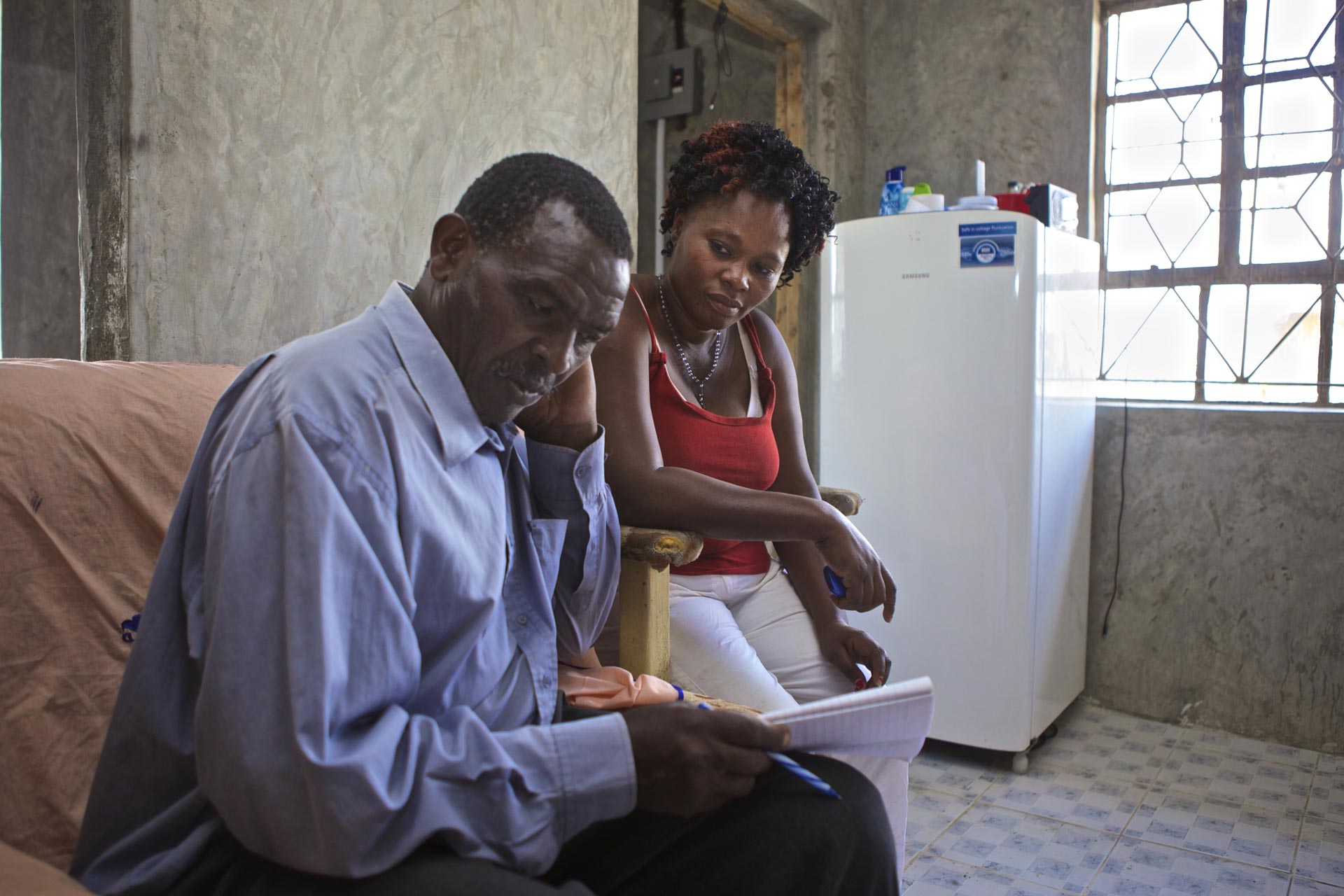
A recent study from Harvard Sociologist Alexandra Achen Killewald made headlines when it found that one of the strongest determinants of divorce among American couples was whether the husband in a marriage was working full time. It’s easy to imagine why this is true of husbands’ work and not wives’ and even how this could put tremendous strain on family finances and a relationship. Why? Because we know intuitively that expectations of financial contributions — the money responsibilities and the money problems — in American society and most societies are gendered.
Still, we often ignore those realities when trying to explain and address the sizable gap between the use of financial services between men and women, particularly in the developing world. Financial service providers seeking to reach women have grasped for quick wins with gimmicky solutions like scented credit cards and handbag insurance, instead of taking a close look at women’s money problems and how better financial services could fix them.
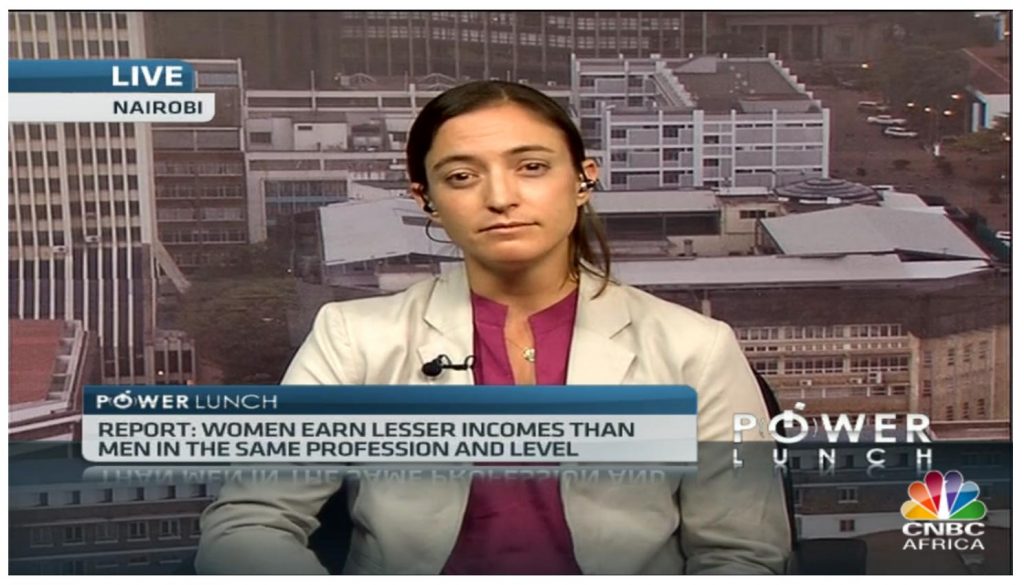
You Can’t Solve Women’s Money Problems if You Don’t Understand Them
In A Buck Short, a report by BFA with sponsor Omidyar Network, my colleague Caitlin Sanford and I distill the experiences of women in Financial Diaries research projects in India, Kenya, and Mexico to try and make better sense of this for financial service providers aiming to reach the female market. These Financial Diaries are deep and systematic studies into the financial lives of low income families, giving us a unique view into the detailed financial behaviors of respondents
Our study makes it clear that serving women, and especially low-income women, requires thinking more intentionally about women’s financial lives. Eunice, a respondent in the Kenya Financial Diaries, brings that to life.
Financial Access and Issues are Different for Women
When Eunice finished school she went to work in a print shop in the nearest town from her rural home. After less than two years, she married, got pregnant and left her job to care for the new baby. This period was stressful for Eunice and her new and still very young husband, whose meager income now had to cater for three rather than one. The two struggled through, with Eunice at the rural home taking care of the children and the farm and managing the day to day budget while her husband worked in the city and sent money back once a month.
Eunice joined a number of savings clubs and budgeted a small amount of money from the remittances and supplementary income from her farm to save for household assets and to top up her husband’s contributions to school fees. Her children are now grown and also send money home. She takes care of two grandchildren and continues to plan for various home improvement projects with their help.
While the mobile money service, M-PESA, has been enormously helpful for receiving remittances, she never felt she had enough money to justify having a bank account. She had no salary to receive and no “big money” to put aside. Plus, the bank was far away.
But when M-Shwari (a mobile savings and credit offering through the Commercial Bank of Africa) offered a savings account directly linked to her mobile money wallet, it suddenly seemed useful. She could park a bit of the savings she kept from remittances in secret. When she sent her grandchildren to an M-PESA agent to withdraw remittances, they would never know about her secret savings, which she could manage from the privacy of her own home without ever leaving the village. She’s saving up to buy a drum to harvest rainwater from her roof, saving her exhausting trips to distant boreholes to fetch water.
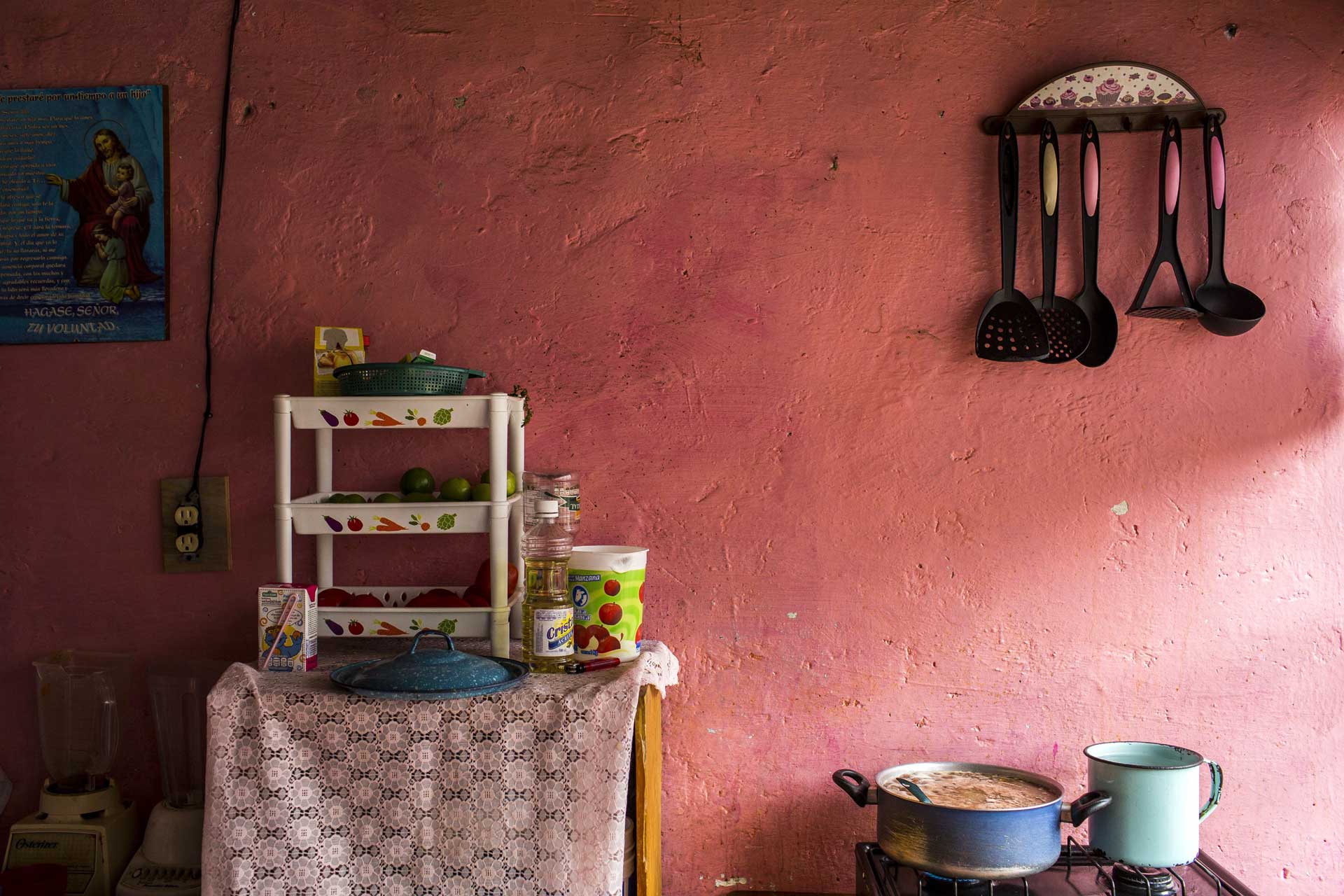
Not a Women’s Product, Just One That Fits the Reality
Like so many other women in our studies, Eunice doesn’t earn that much money. Serving women, especially in low-income settings, means catering for even lower, more irregular incomes. This can be a costly proposition for traditional banks, but technology is making it more feasible. Women also face many interruptions to their livelihoods, like Eunice, and need services that adapt to those shifting needs at different life stages. Women are also more likely to manage the day-to-day household needs, needs that are around cash flow smoothing more than the accumulation of huge sums. Long term savings is only one tool women need; they also need small, highly liquid savings, efficient remittance services, and other tools to manage risk. Eunice’s economic geography is more restricted than her husband’s; she rarely goes to town. That’s why having a private, accessible financial service she can use close to home is such a powerful tool. Her savings groups and her M-Shwari account allow her to backstop her husband when he struggles to keep up with his expected responsibilities (like college tuition) but also to plan for investments that are important to her (like a water tank) that are not as much of a priority for her husband.
M-Shwari didn’t need to be a “women’s product,” to reach Eunice. It just needed to fit her economic reality.
Advances in technology are making it possible to offer individuals with low incomes around the world a whole new suite of financial services that are actually useful — sometimes even transformative. And women can be an important part of that story if we learn to recognize the ways that financial issues and access are different for women.
Read the full report here.

